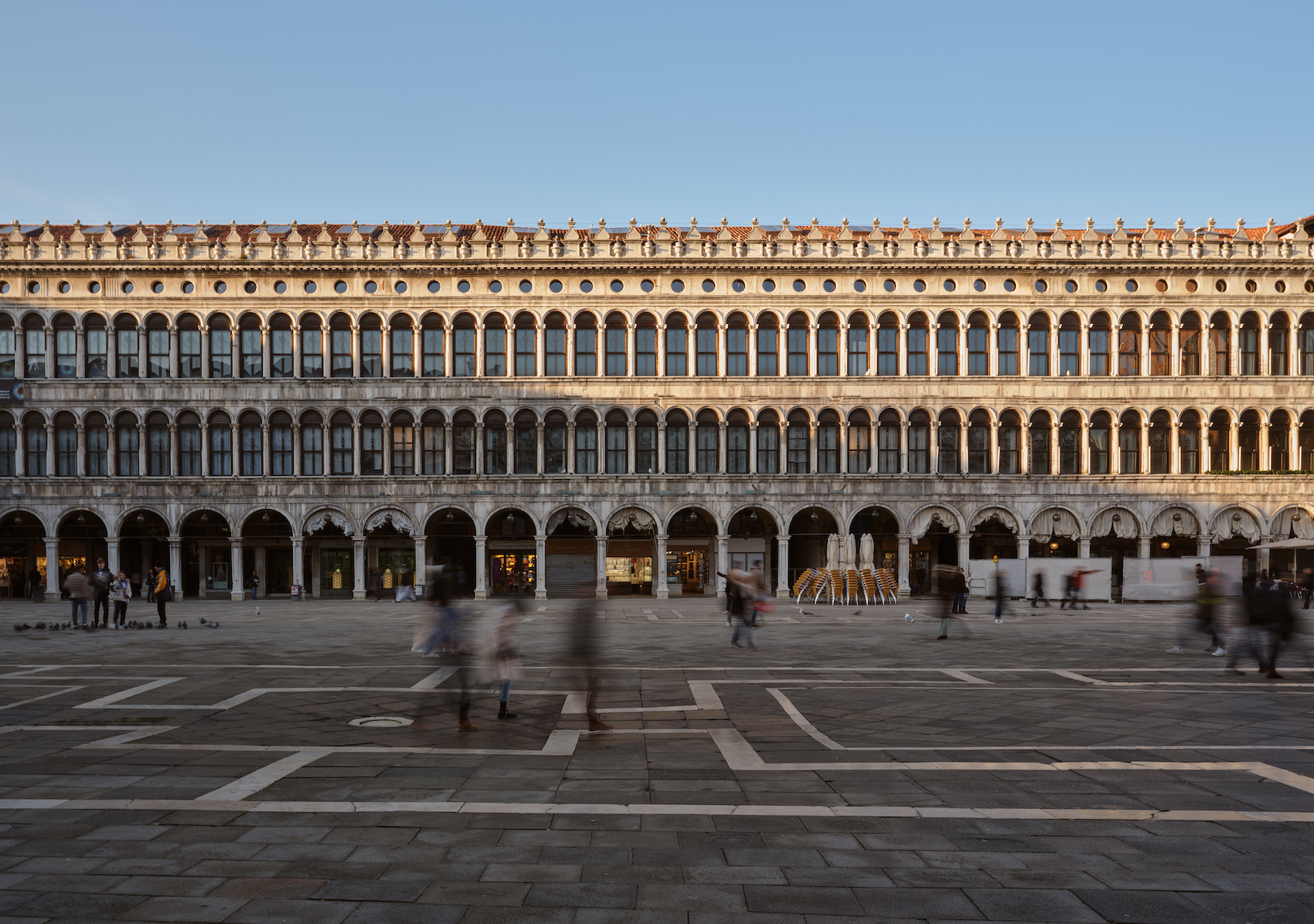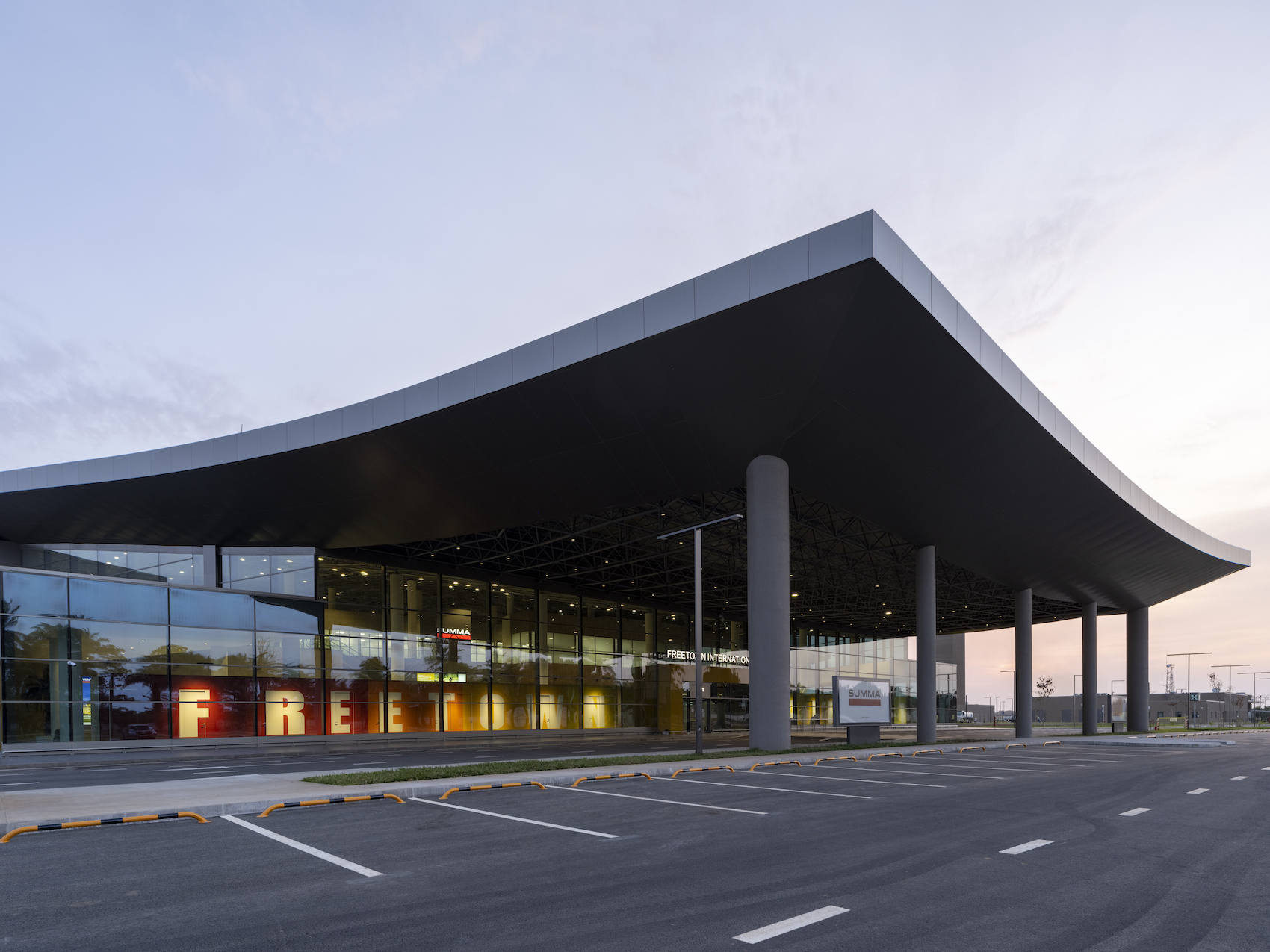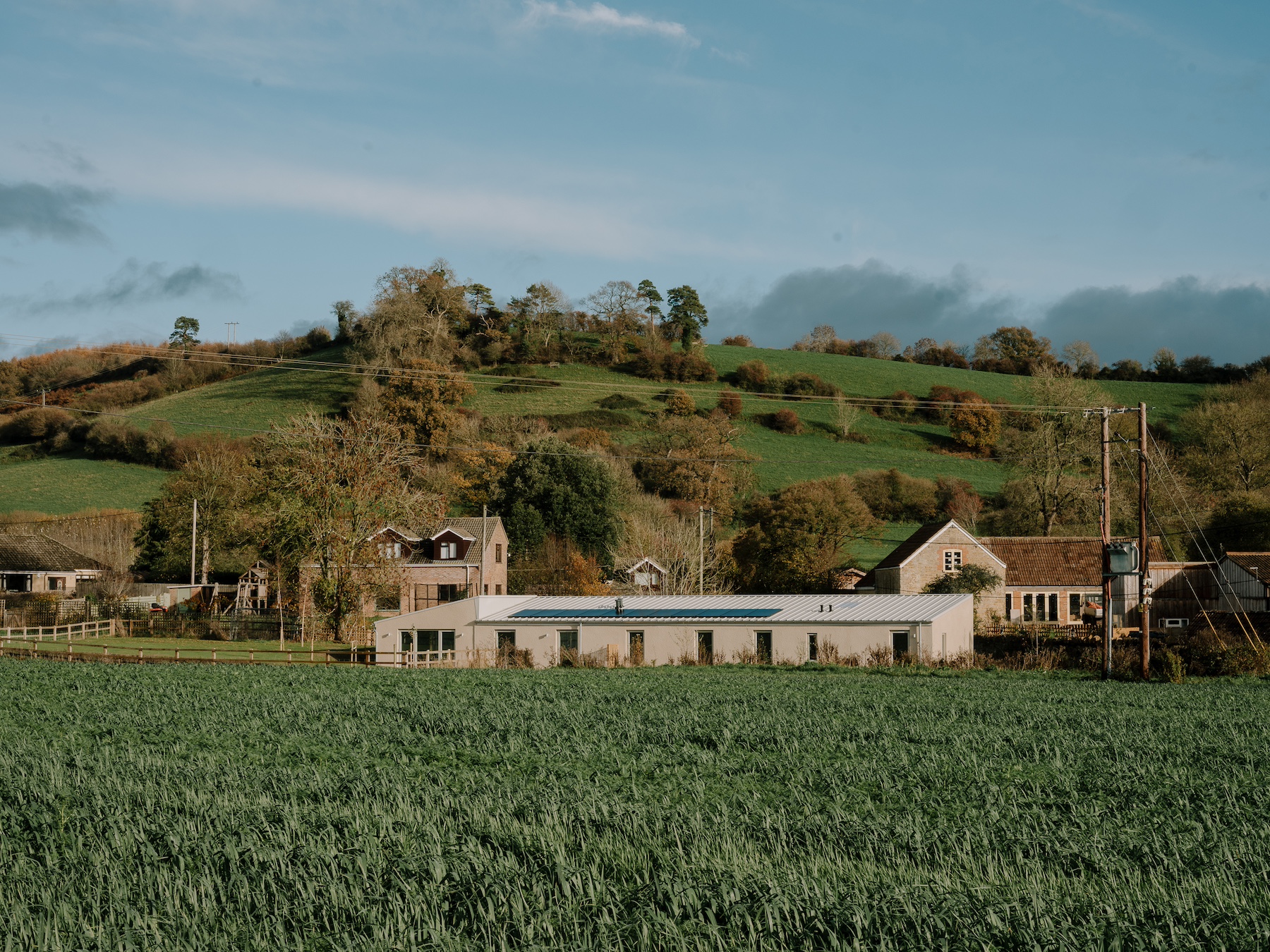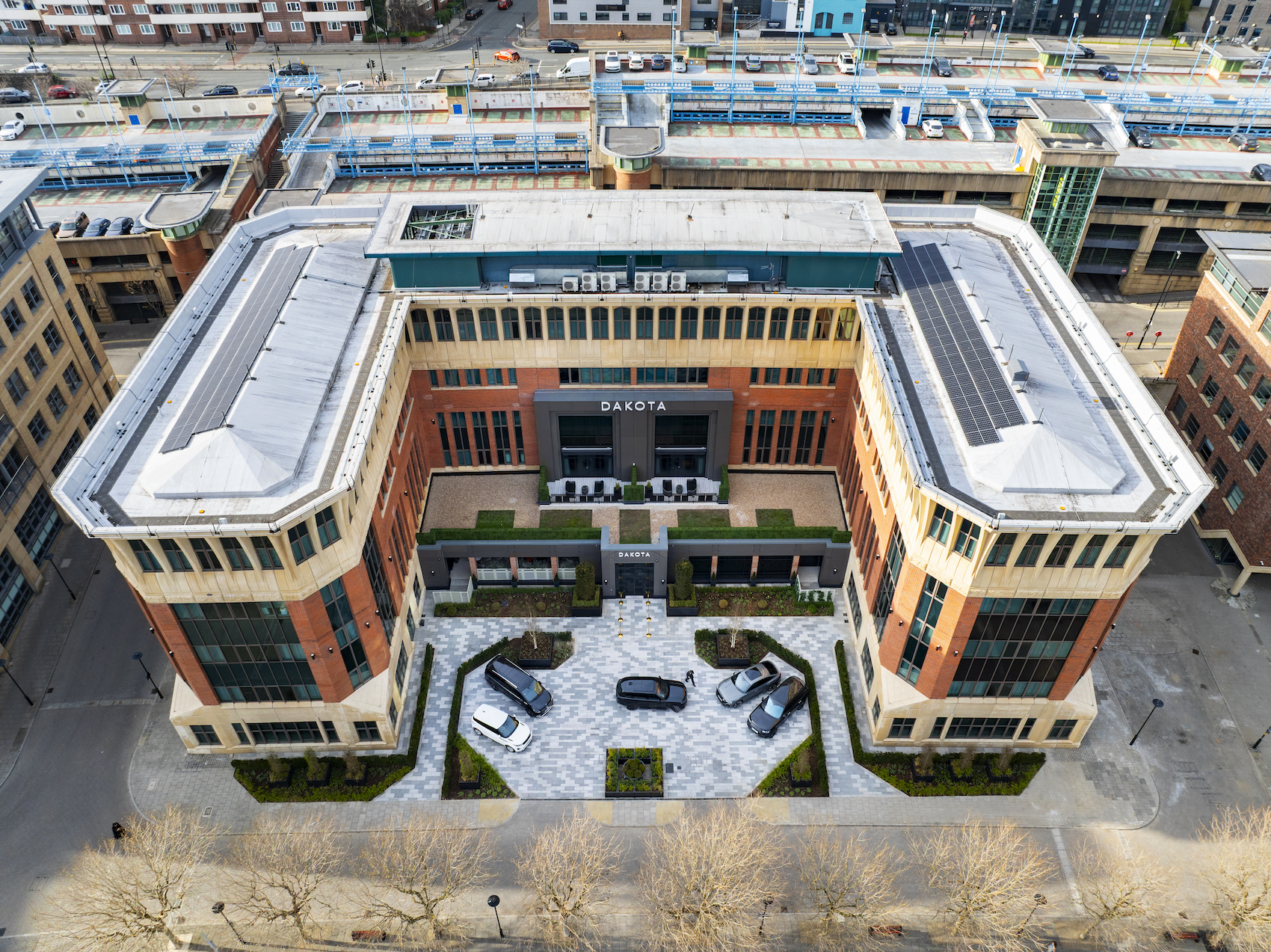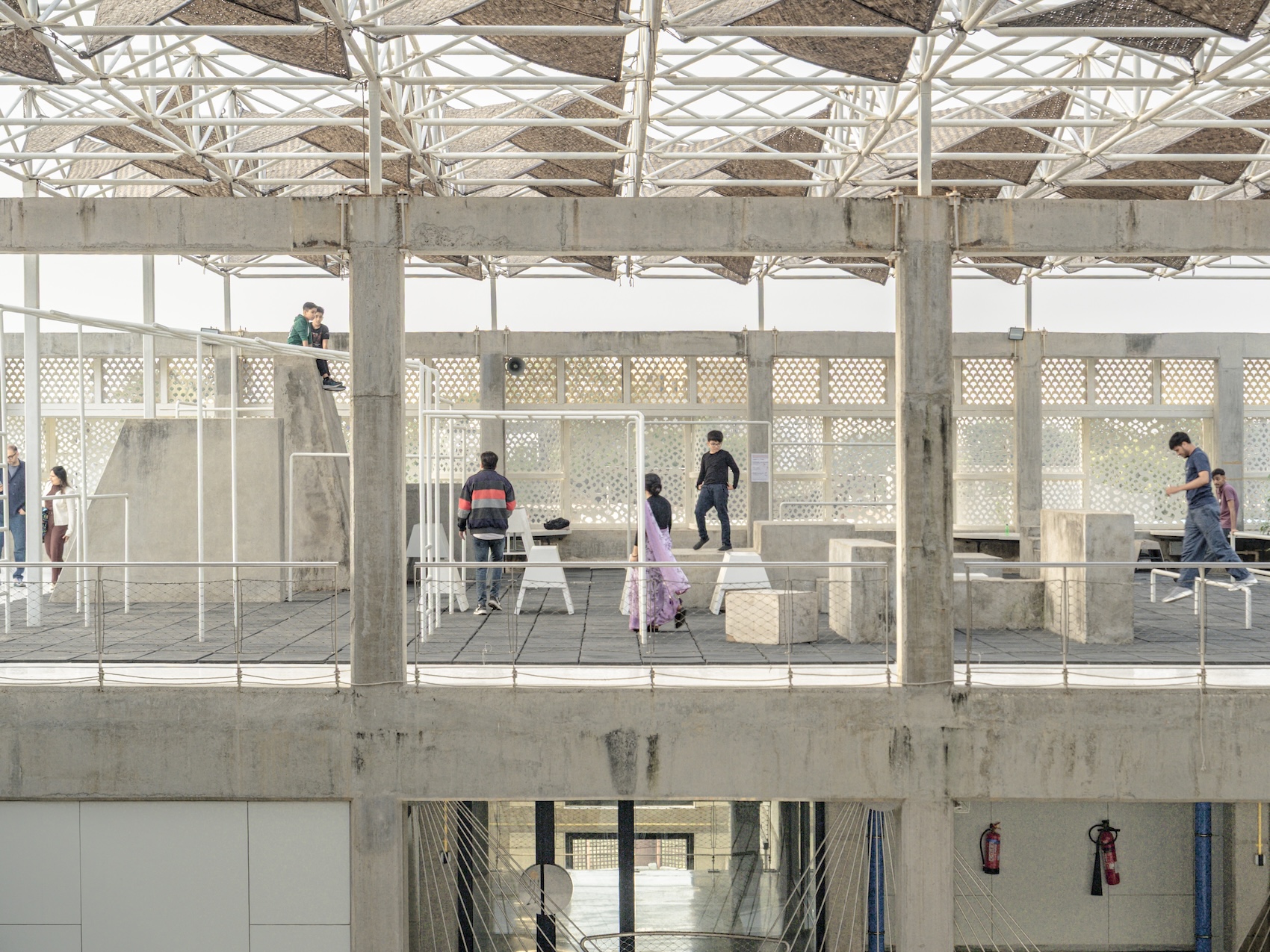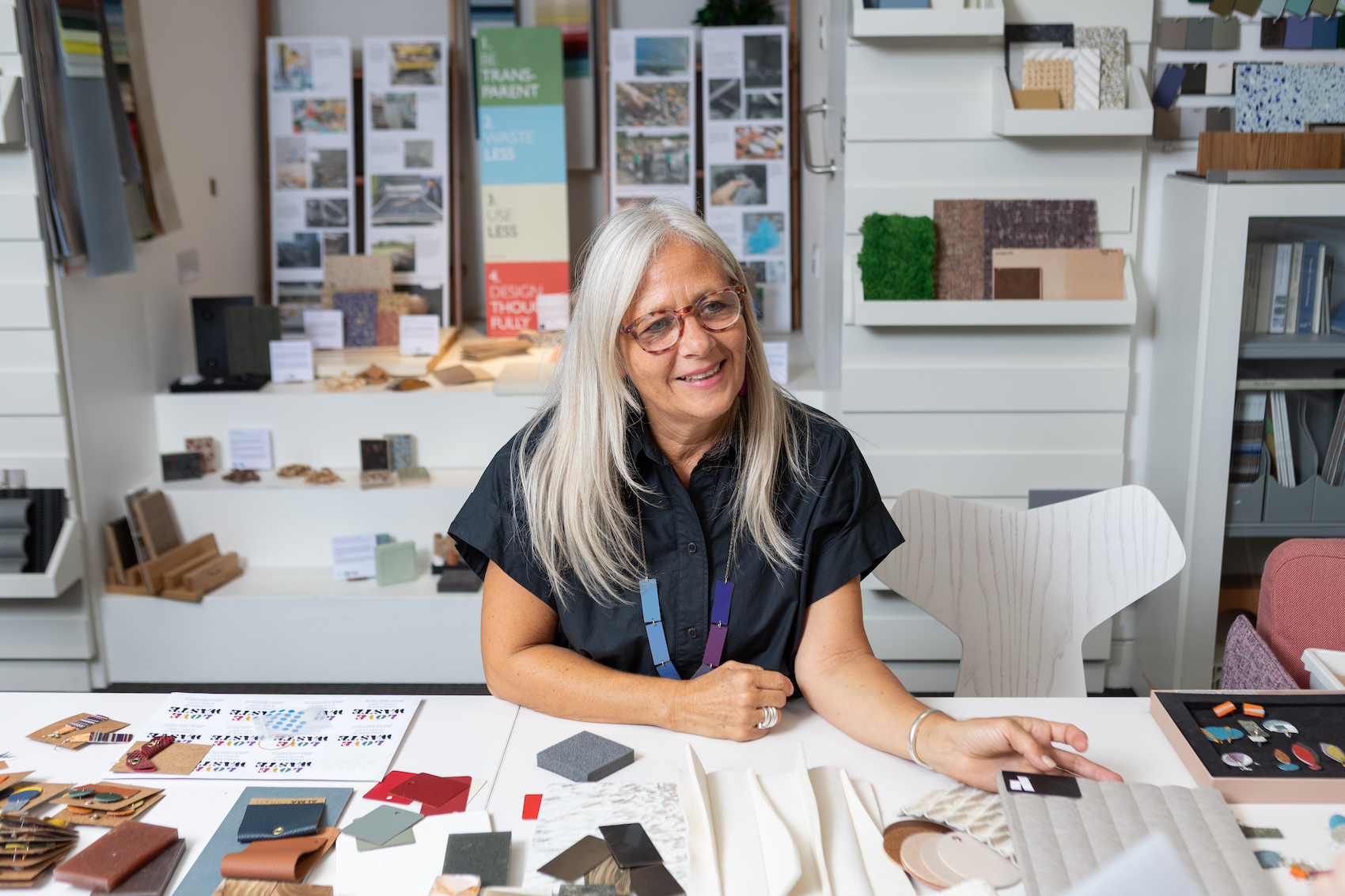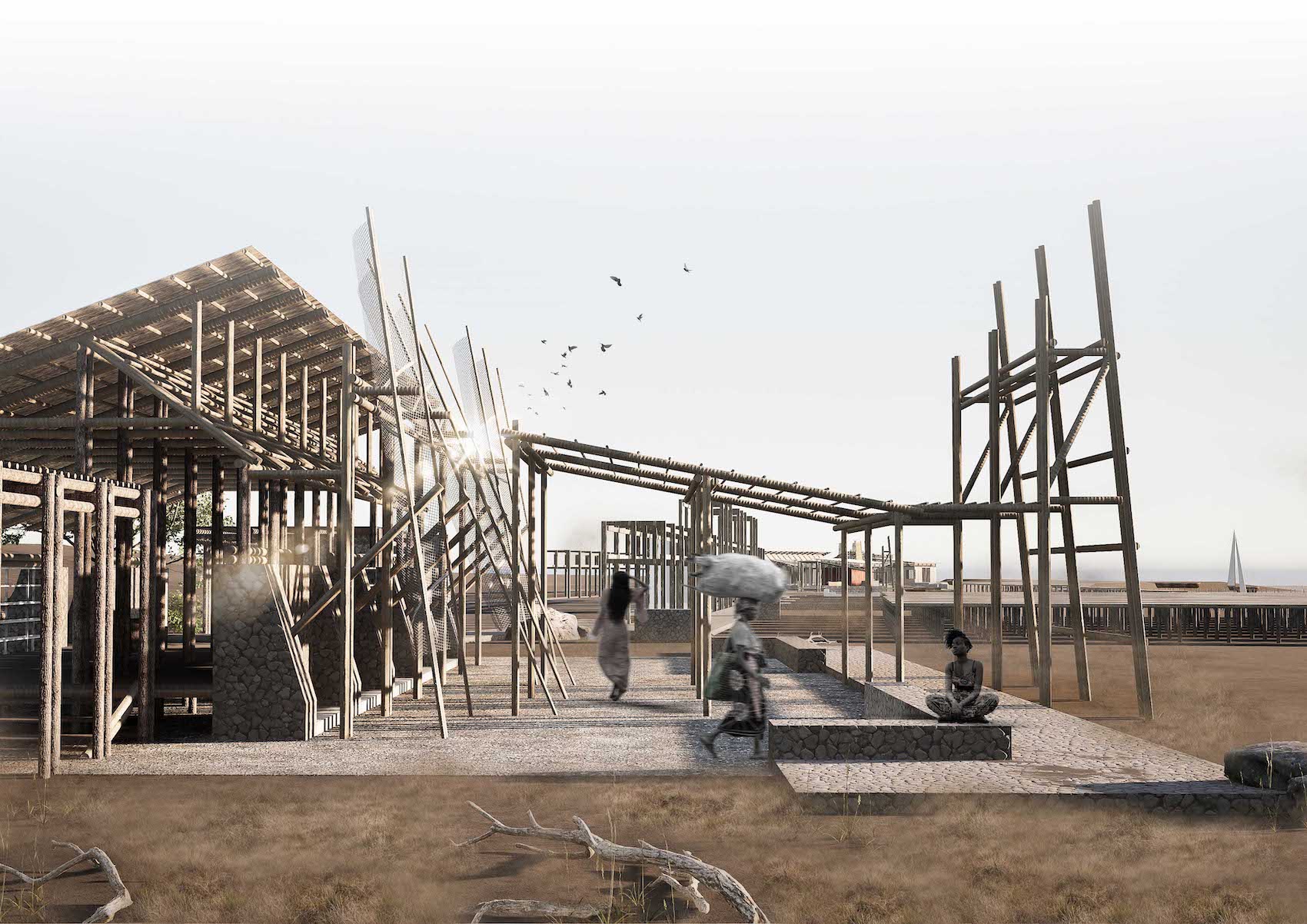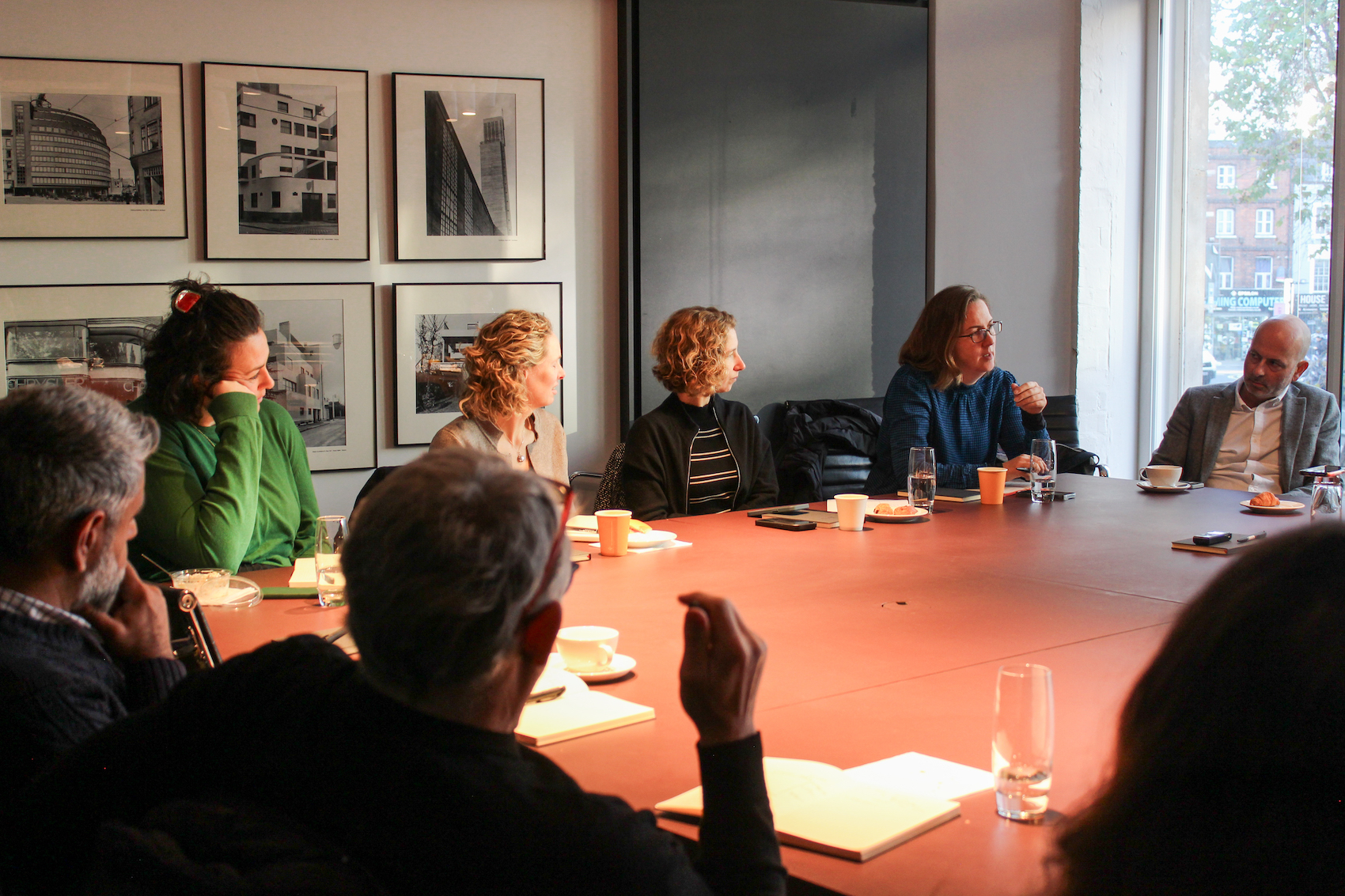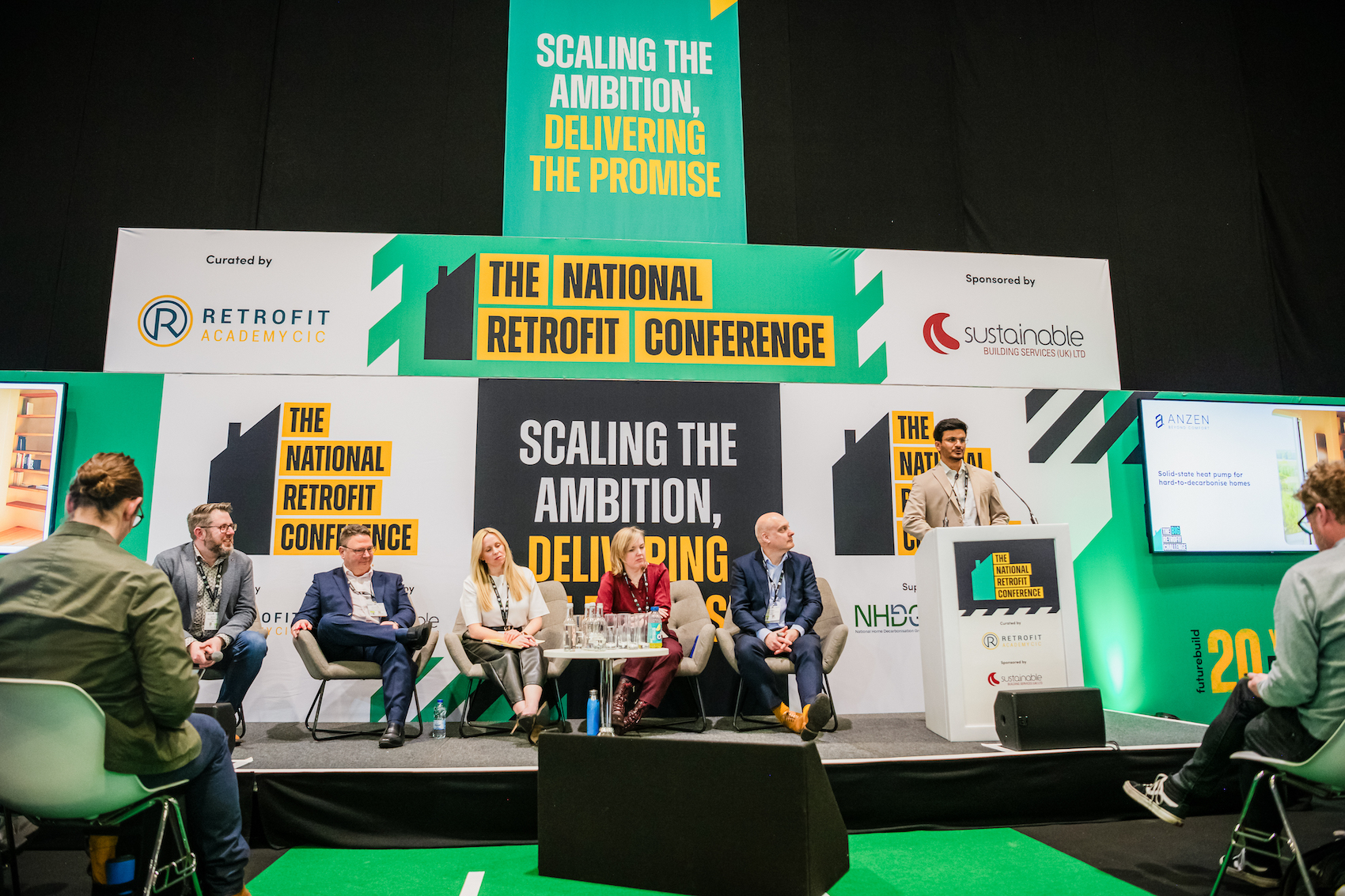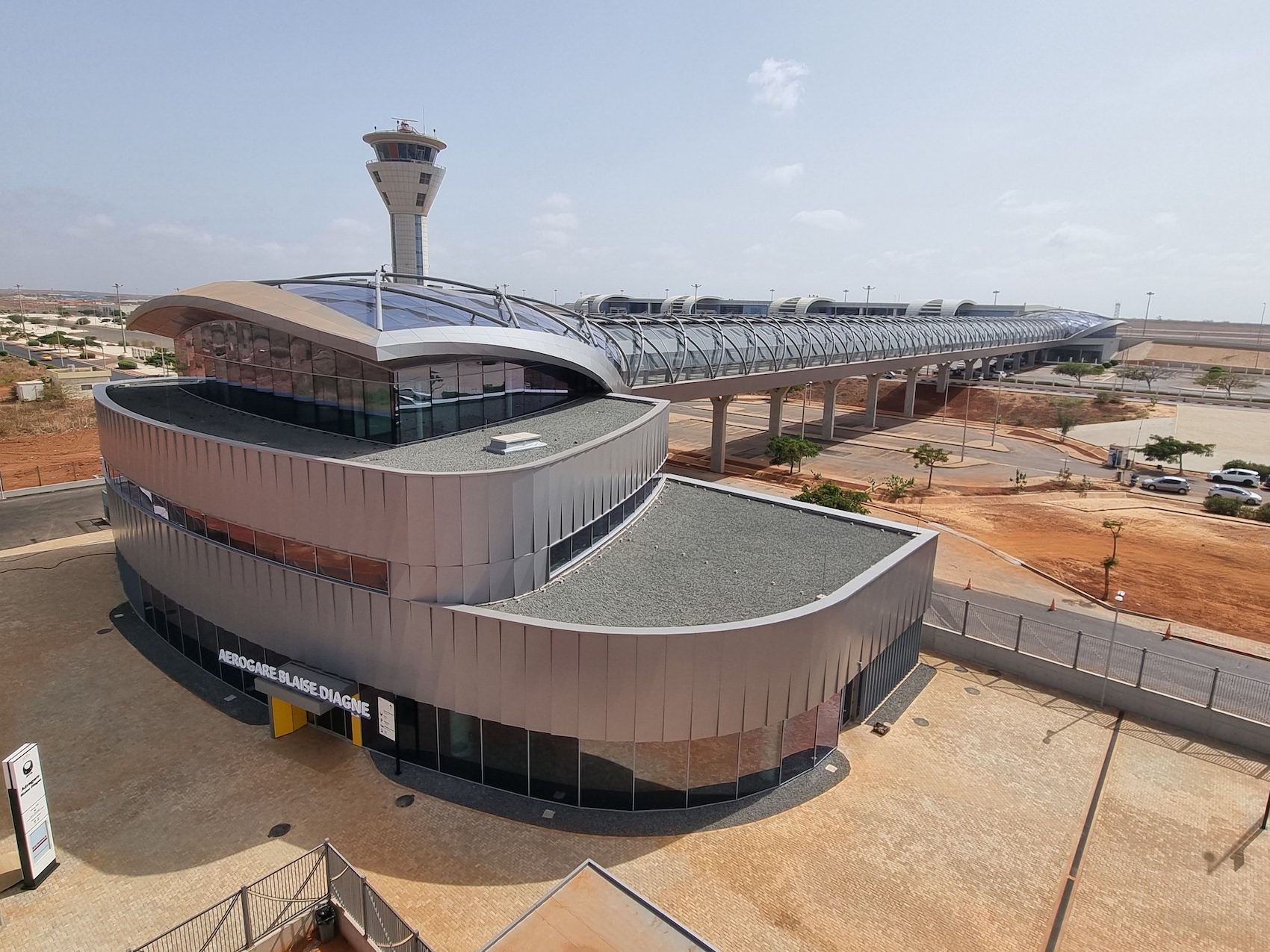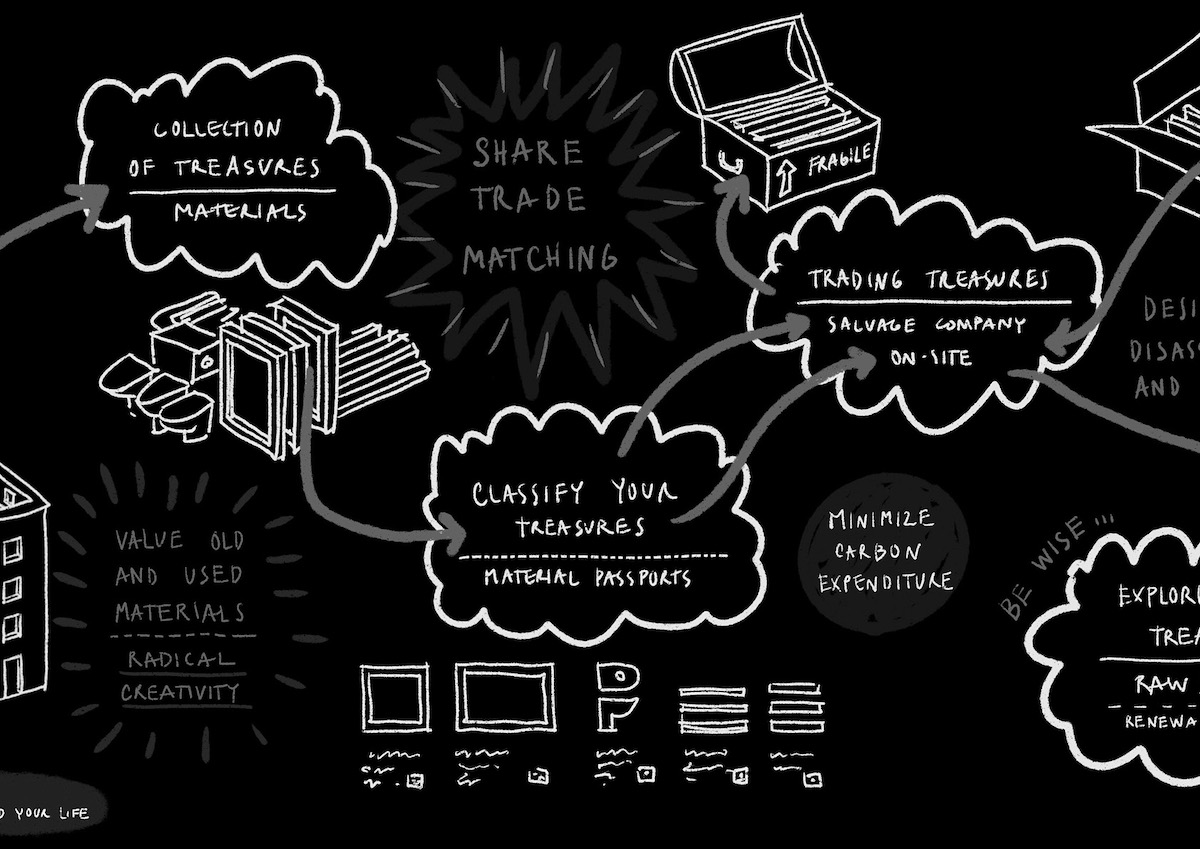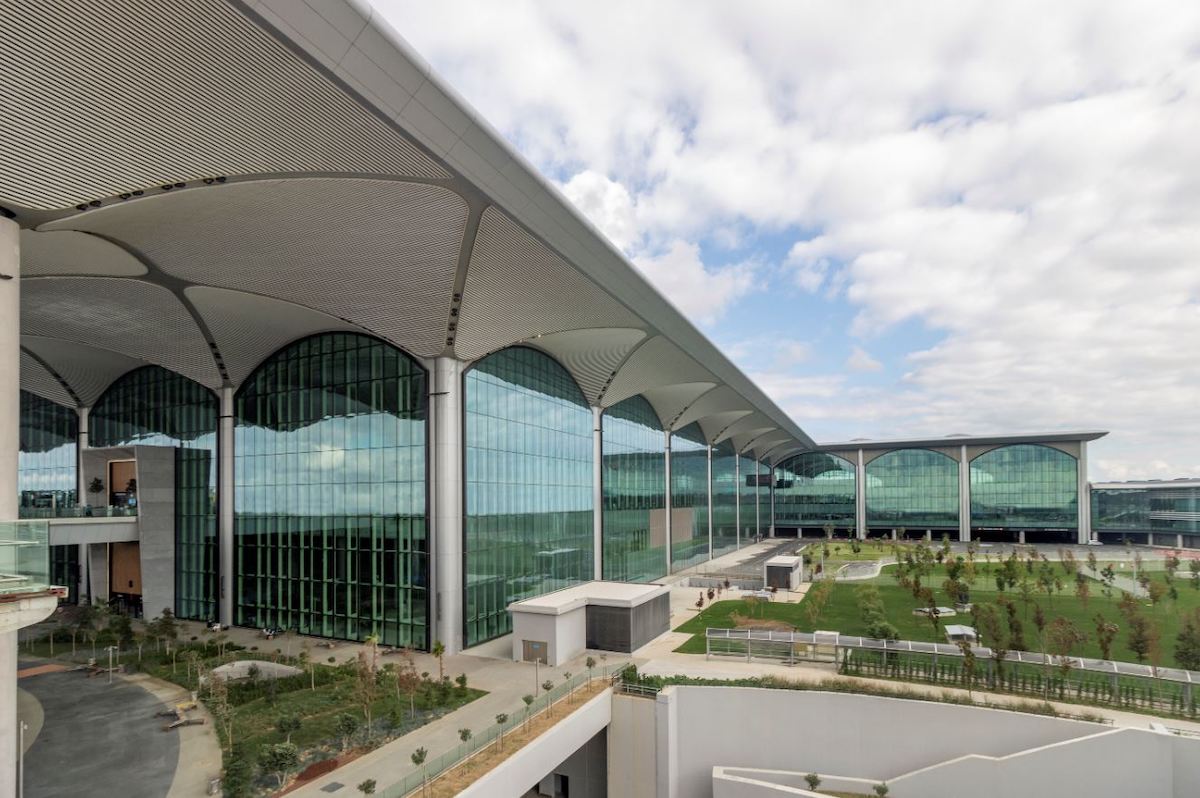The historic Procuratie, Venice, is set to open its doors to the public for the first time amidst the 2025 Venice Architecture Biennale. Housing the new arts institute San Marco Art Centre AT speaks to its co-founders Anna Bursaux, David Gramazio and David Hrankovic ahead of the launch.
San Marco Art Centre (SMAC) will launch in Venice on May 9th, opening 16 new gallery spaces with a dynamic programme spanning visual arts, architecture, fashion, technology and film. SMAC is located on the second floor of The Procuratie in Piazza San Marco which has recently been restored by David Chipperfield to provide over 1000 square metres of new exhibition space. The 16 galleries are arranged along a continuous 80 metre corridor, with generous ceiling heights of four and a half metres and windows that look out onto the square below. The walls are covered in a light grey Venetian marmorino, made from crushed marble, and the floor are a white terrazzo. The original doors in the enfilade have been preserved with some galleries containing exposed Renaissance beams. SMAC occupies the second floor of The Procuratie, which is owned by Italian insurance company Generali, who commissioned the restoration of the entire building from David Chipperfield.
To coincide with the 2025 Venice Architecture Biennale, SMAC‘s inaugural exhibitions will focus on the careers of the Australian modern architect Harry Seidler, with Migrating Modernism: The architecture of Harry Seidler, and For all that Breathes on Earth: Jung Youngsun and Collaborators, which presents the work of the Korean landscape architect Jung Youngsun. Beyond the inaugural exhibitions, SMAC will present two to four major exhibitions per year. In the autumn of 2025, Daniel Birnbaum and Jacqueline Davies will come together to co-curate The Quantum Effect.
AT caught up with SMAC’s founders, Anna Bursaux, David Gramazio and David Hrankovic ahead of the centre’s launch.
You’ve said that SMAC is filling a gap in Venice’s cultural landscape. Can you describe this and the role SMAC will play in the local Venetian community?
Venice is known as a city rich in culture with a great number of museums and foundations, yet it did not have a kunsthalle – a non-collecting institution focused on temporary exhibitions of exceptional quality. SMAC intends to fill this gap by providing an independent, museum-quality platform for artists, institutions, curators and creative practitioners to share the best of contemporary visual culture with Venice and beyond. We will rotate exhibitions more frequently than others based here, with the belief that Venice should have a strong and dynamic cultural offering throughout the year, every year, not solely tied to the Biennale.
What kind of “dynamic cultural offerings” can we expect to see?
As a new institution, we are unbound by traditional constraints – without a permanent collection or a definitive curatorial focus – we have the freedom to shape our programme around ideas, relationships and collaborations. For our opening exhibitions we have chosen topics that the Biennale traditionally has not – for example, this May we are showing two monographic exhibitions on two architect’s practice, one a historic retrospective of a 20th century architect’s practice, Harry Seidler, the other an exhibition on landscape architecture, Jung Youngsun. Seidler is unexpected as it provides an important survey of a major figure of the 20th century that is not very well known in Europe, despite having shaped modern architecture in Australia. It also includes surprising works like the maquette painted by Helen Frankenthaler to illustrate the tapestry she proposed to create for Seidler’s Hong Kong Club building, which the Helen Frankenthaler Foundation is generously lending. Or Theo van Doesburg’s Space-Time Construction #3, on loan from the National Gallery of Australia (NGA), which was critical in shaping Seidler’s style, and which the Seidlers later purchased and donated to the NGA. The Jung Youngsun exhibition sheds light on one of the most important figures of landscape architecture which is often overlooked. Additionally, the exhibition design and installation, which was designed by MMCA and produced in Korea, and is inspired by traditional Korean building techniques, demonstrates the incredible quality of Korean traditional craft.
Why have you chosen Harry Sedler and Jung Youngsun for the inaugural exhibitions and what connects these two figures?
We wanted to show content that is radically different from the Architecture Biennale. We are not here to compete but to enrich the city’s cultural offering. We wanted to present monographic shows of architects of exceptional quality, which we felt would be incredibly refreshing in the context of the Architecture Biennale. Part of our ambition with SMAC is to show unexpected content and explore the practices of slightly lesser known individuals, but whose work is still of global relevance.
Harry Seidler was an incredible architect, with many phenomenal buildings to his name, and his work is perhaps not as well-known beyond Australia as it should be. But beyond his buildings, his life is a mirror of the 20th century and exemplifies how the movement of ideas – in this case modernism – is often the direct consequence of the displacement of people. The show focuses in equal parts on his architecture, his life and his artist collaborations, for example with Albers, Frankenthaler, Stella, Calder and many others.
Jung Youngsun is now in her 80s. From being the first woman to be officially licensed as a land development engineer in Korea, she became the doyenne of contemporary Korean garden practice – interestingly enough, one of her latest projects was a collaboration with David Chipperfield in his Amorepacific building in Seoul. The exhibition, curated by Jihoi Lee, is of exceptional scholarly rigour with an incredible amount of material. We believe the field of landscape architecture is often overlooked. Both the field and Jung Youngsun’s practice thoroughly deserve such attention during the Architecture Biennale.
You’ve described SMAC’s approach as “spontaneous and experimental”. What does look like in curatorial practice?
SMAC will test traditional models of institutions – part of that is being very open to ideas, collaboration, suggestions and initiatives, whether they come from artists, curators or other people in our network. We want to enable cultural practitioners to make their ideas happen, rather than being tied to process or governed by an agenda with a strict set of rules. An example of this is The Quantum Effect exhibition we are opening later this year, curated by Daniel Birnbaum and Jacqui Davies, which will bridge science, art, cinema, architecture, and philosophy, exploring the intersection of quantum science with creative expression. It will include a series of art installations and scientific experiments by major living contemporary artists as well as younger practioners, and will also include a rich public programme with contributors from various fields, ranging from science to literature and philosophy.
How might the renovations by David Chipperfield to the historic Piazza San Marco influence the conceptual direction of SMAC?
David Chipperfield’s renovation is at once incredibly contemporary and respectful of the historic substance of the building. It is of enormous aesthetic sensitivity and taste, but not imposing or overpowering. SMAC will share many of these principles: posing highly relevant contemporary questions, but highly respectful of the past. Providing a container of the highest quality, but foregrounding the work of artists and other practitioners we show.


